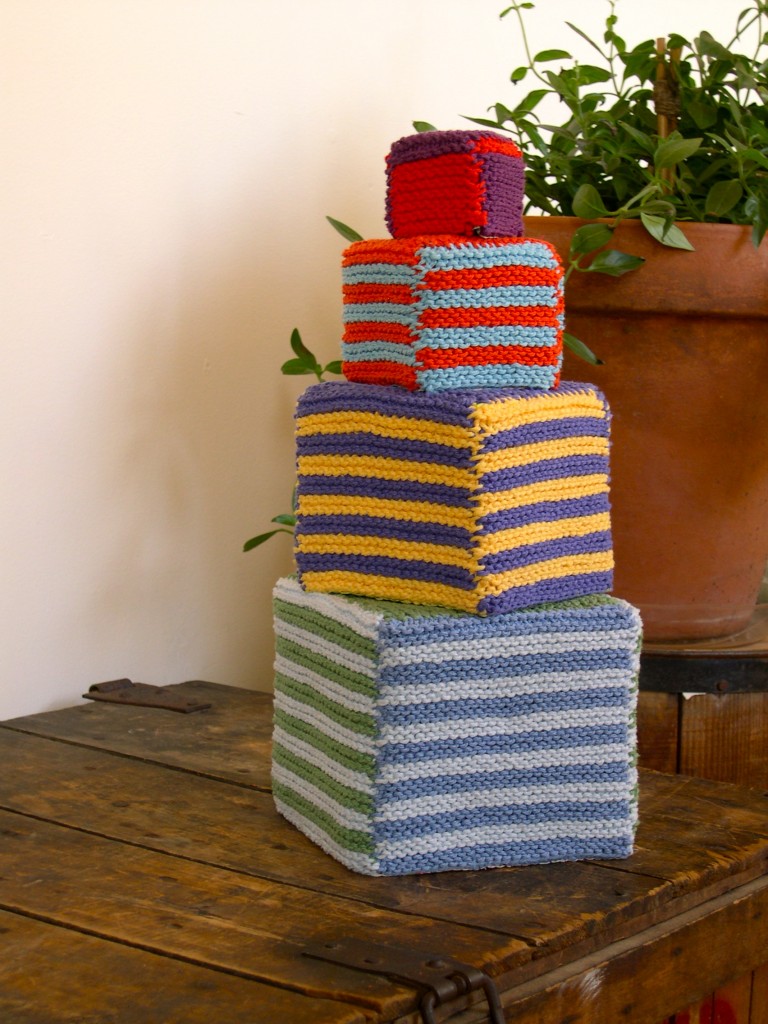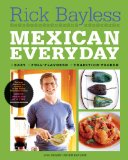I heard a great description of what makes a compelling story. A few weeks ago I was at a talk and reading by the great Irish author Colm Tóibín. He had guest-edited a local literary journal and spoke about what all of the chosen stories and poems had in common. Imagine a film projected onto the wall of a room, he said. Light from the windows prevents you from seeing any more than indiscriminant flickering on the wall. But certain stories, or even the juxtaposition of two particular words in a poem, have the power to darken the room. And then you can see clearly, even if for a short time.
I have enjoyed thinking about this image: a story darkening a room. Not everything means something, and to worry about what a story is intended to mean can greatly diminish its power. But stories affect us—they do things to us and change what we see around us. They allow us to access buried feelings, they resonate with our memories, give us the compassion that comes with seeing a tiny bit of what’s real.
Almost as a demonstration of room-darkening, Tóibín read the story “Two Women” from his most recent book, The Empty Family. “Two Women” is about one woman’s chance encounter with the woman for whom, decades earlier, the love of her life left her. As the story and its prickly protagonist moved through to its final scene, and then resolved into silence, the room seemed changed. Darker, and smaller too: the walls and corners fuzzy, and the reader and story sharply focused. A moment of clear understanding which joined everyone in the room together, just a little.
* * *
After the reading, I bought a copy of The Empty Family and had it signed. I never know what to say in these situations, so had decided to say nothing. But, when the moment arrived I opened my mouth and told him how I’d never heard of him until a month ago when I read his story “The Street” in McSweeney’s. And I was so moved by the story that I immediately went and read his novel The Blackwater Lightship. I’m glad I said something, because it led to an interesting little conversation. He felt some ambivalence about having his story published in McSweeney’s. They edited the story, shortening it quite a bit, and changing (ruining?) the tone in the process. But in the end he decided to have it published anyway. Good, I said, because I would never have stumbled across his writing. And, because the full version is in the book, I get to look forward to reading it for the first time all over again.
* * *
The week after the reading, I was sick, and while E. was at work, I was at home reading through The Empty Family. Because Tóibín mentioned the altered tone of “The Street” to me several times, I couldn’t help but see each story through the lens of tone and mood. During the reading, Tóibín’s voice changed, which helped demarcate the tone of each section of the story. I noticed that on my own, if I read too quickly, I missed this. But, if I read slowly enough, the tonal changes came through, though a little more gradually than when read aloud. Each word cast a new shadow, gradually but powerfully changing late afternoon light into dusk.
One of my favorites, “One Minus One” is not a happy story, per se. It’s about the death of the narrator’s mother, and is told wistfully and elegiacally to a former lover. It’s not cheerful reading, but the tone is so understanding, compassionate, and honest, that reading it felt restorative. The story was a real friend to me at a moment when I was sick and lonely.













